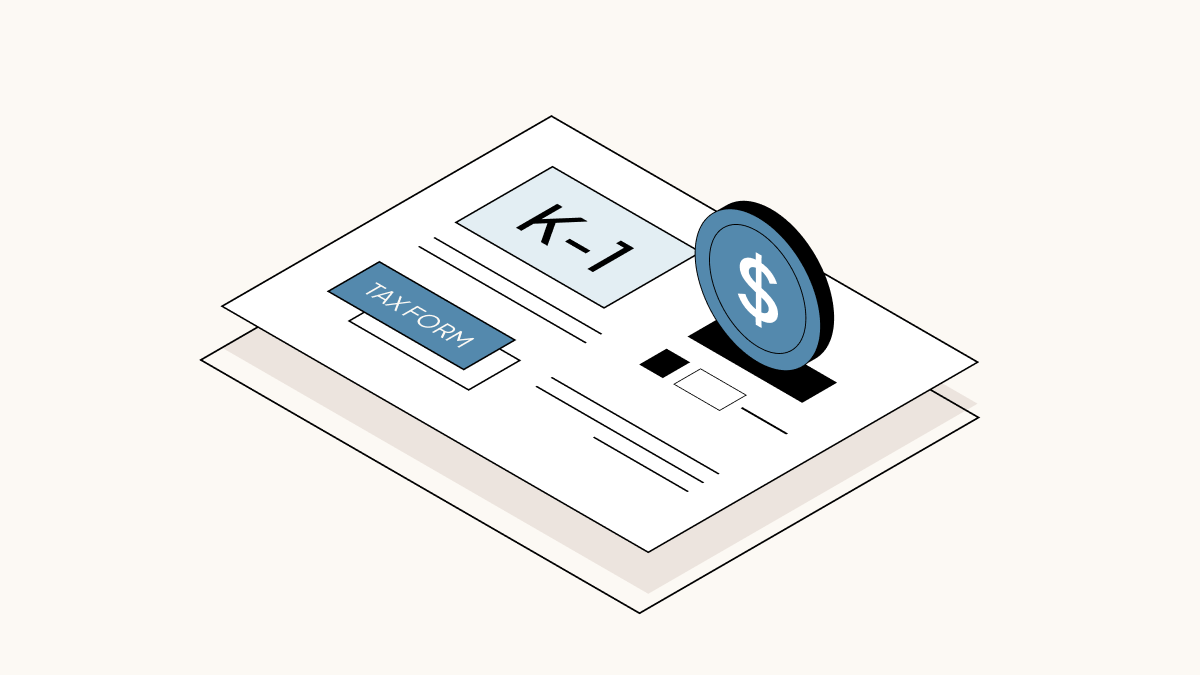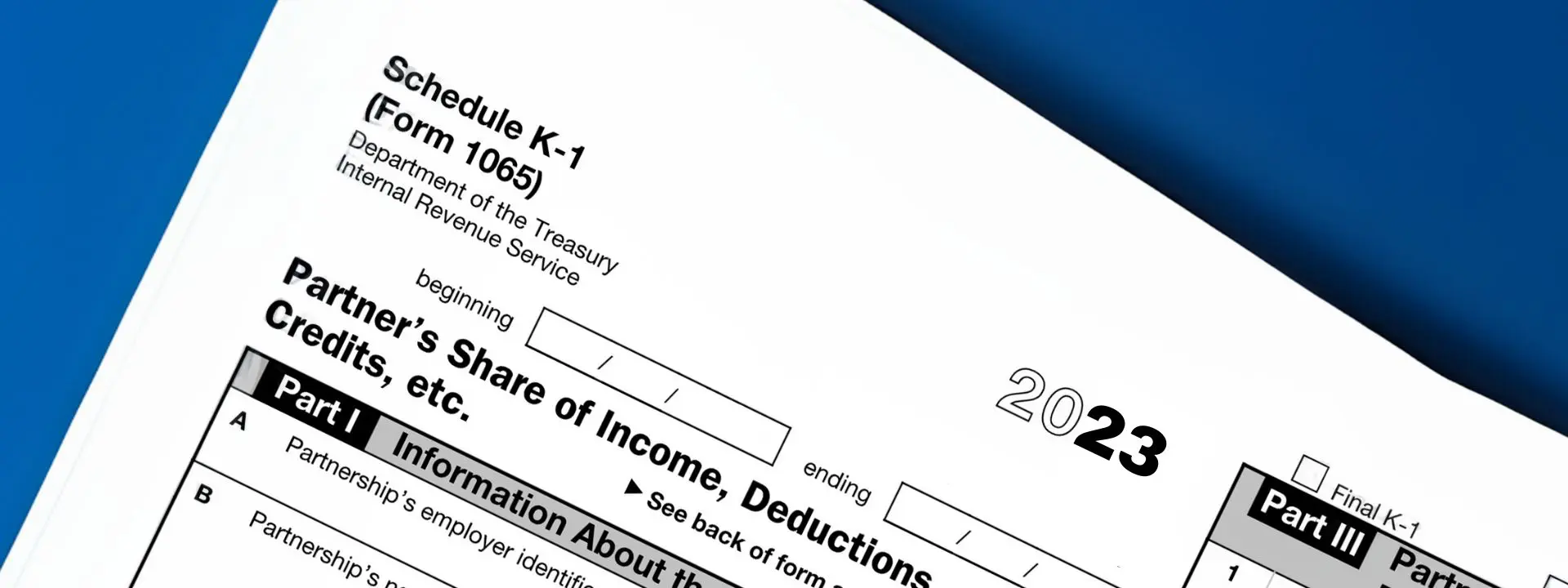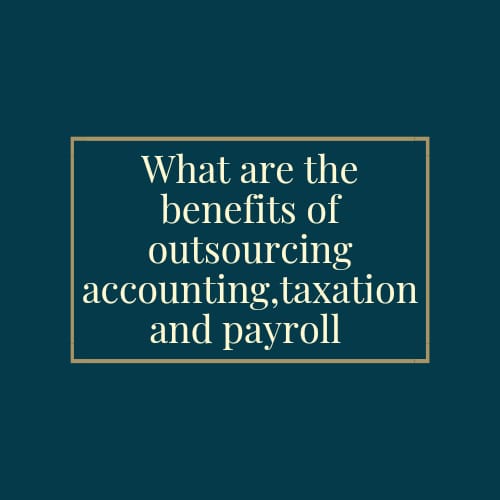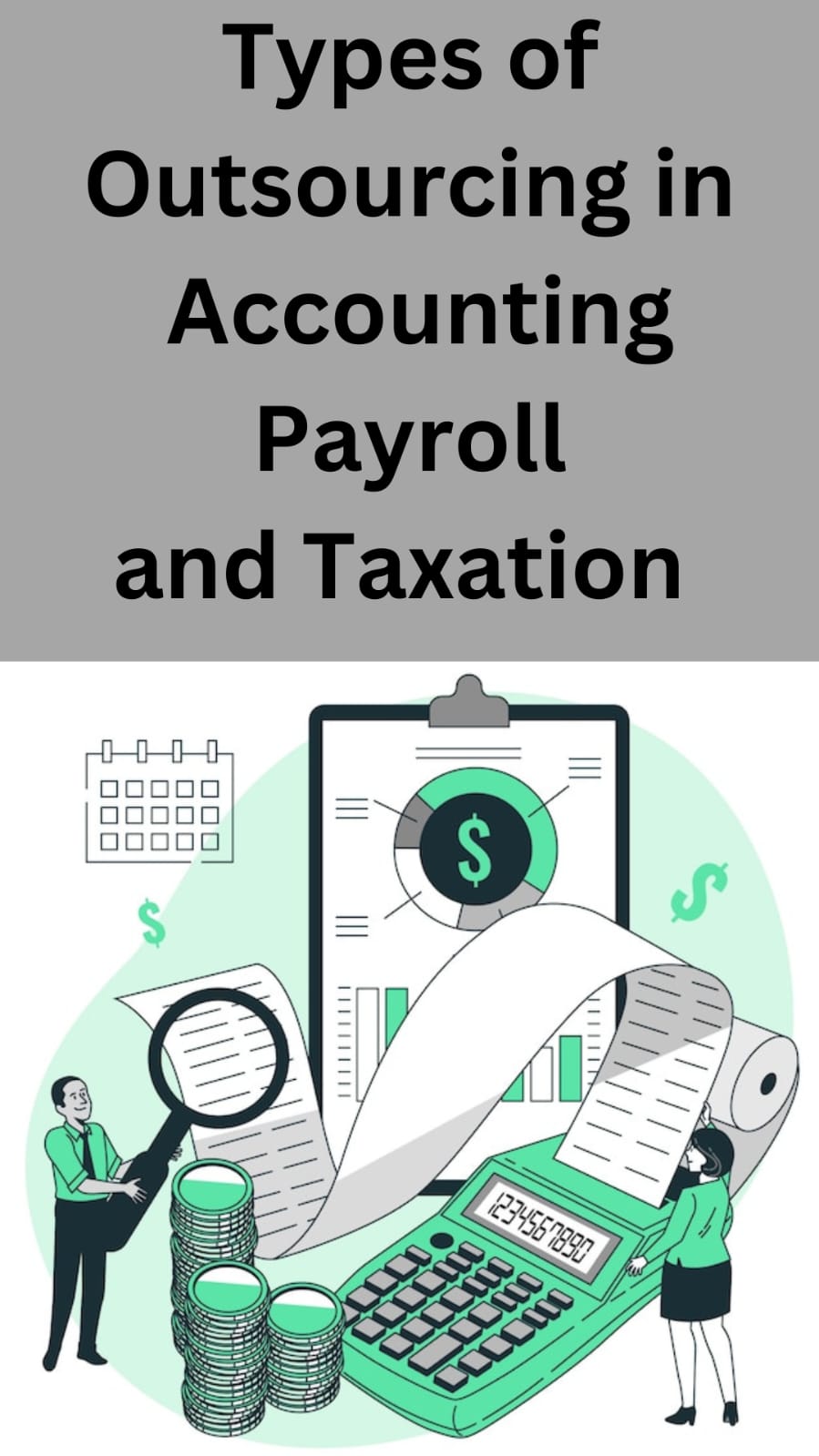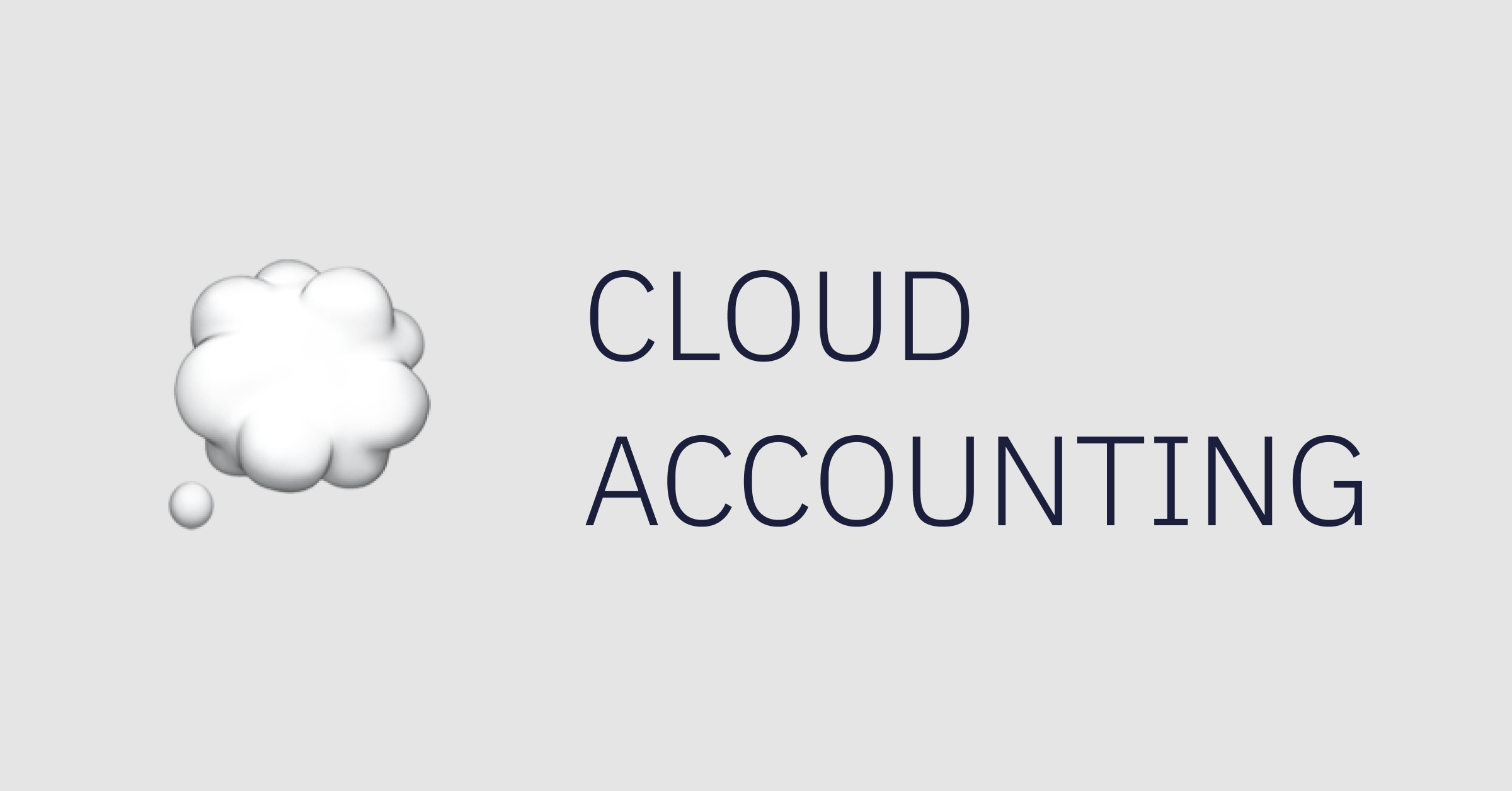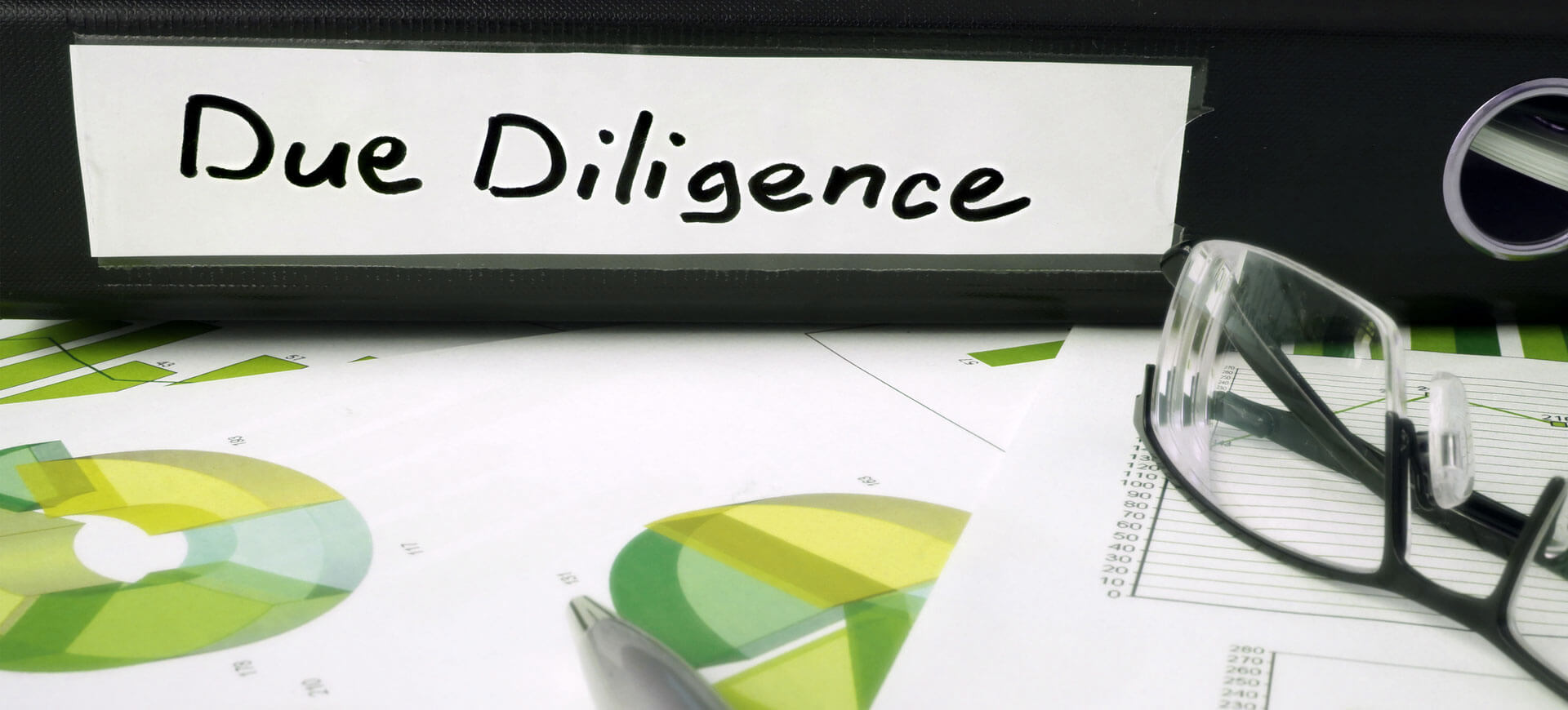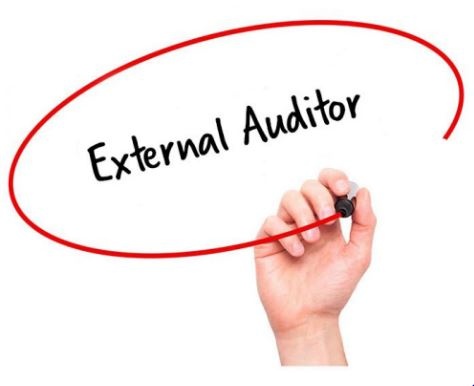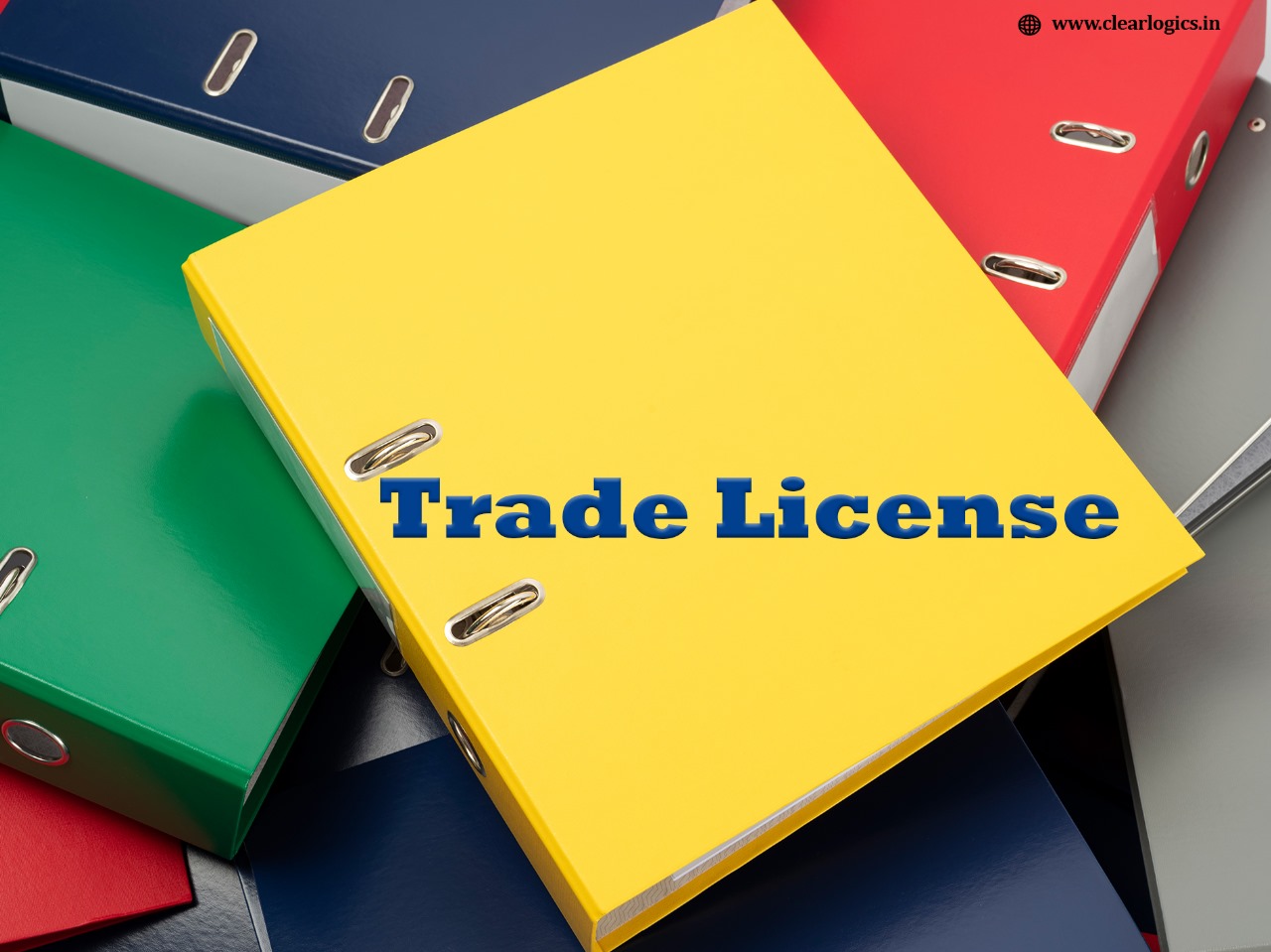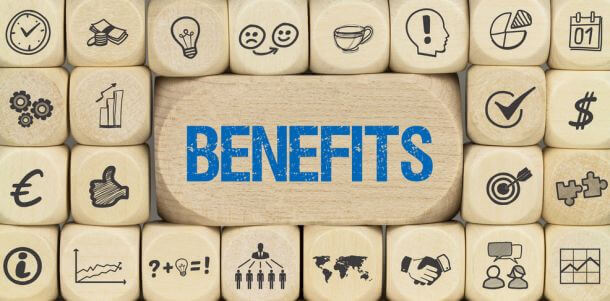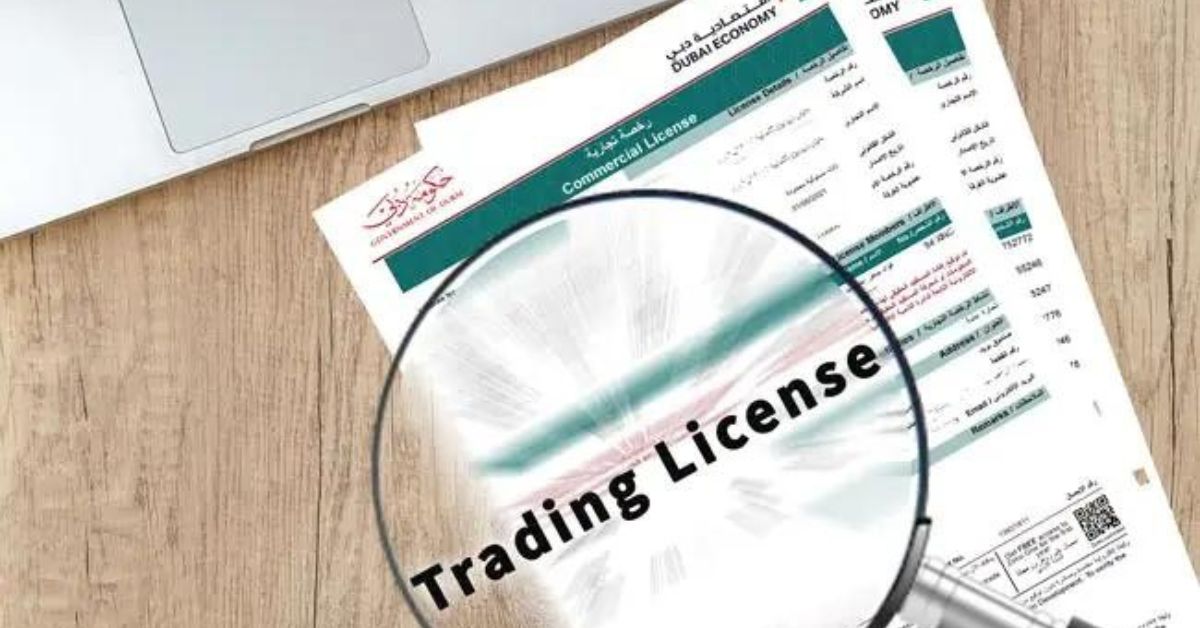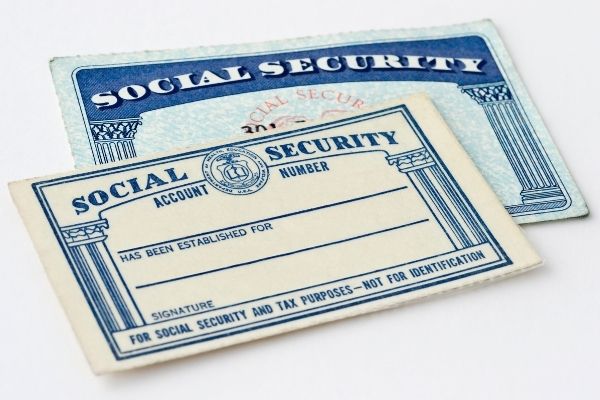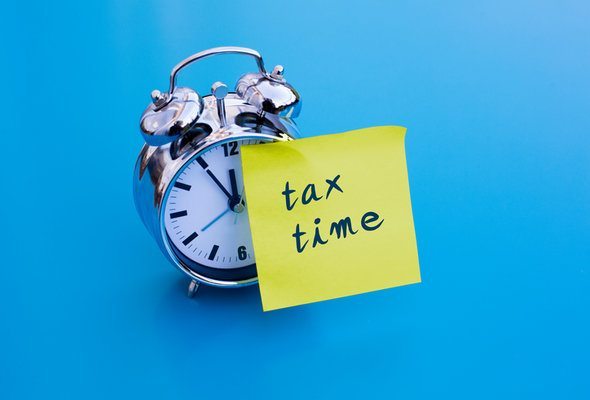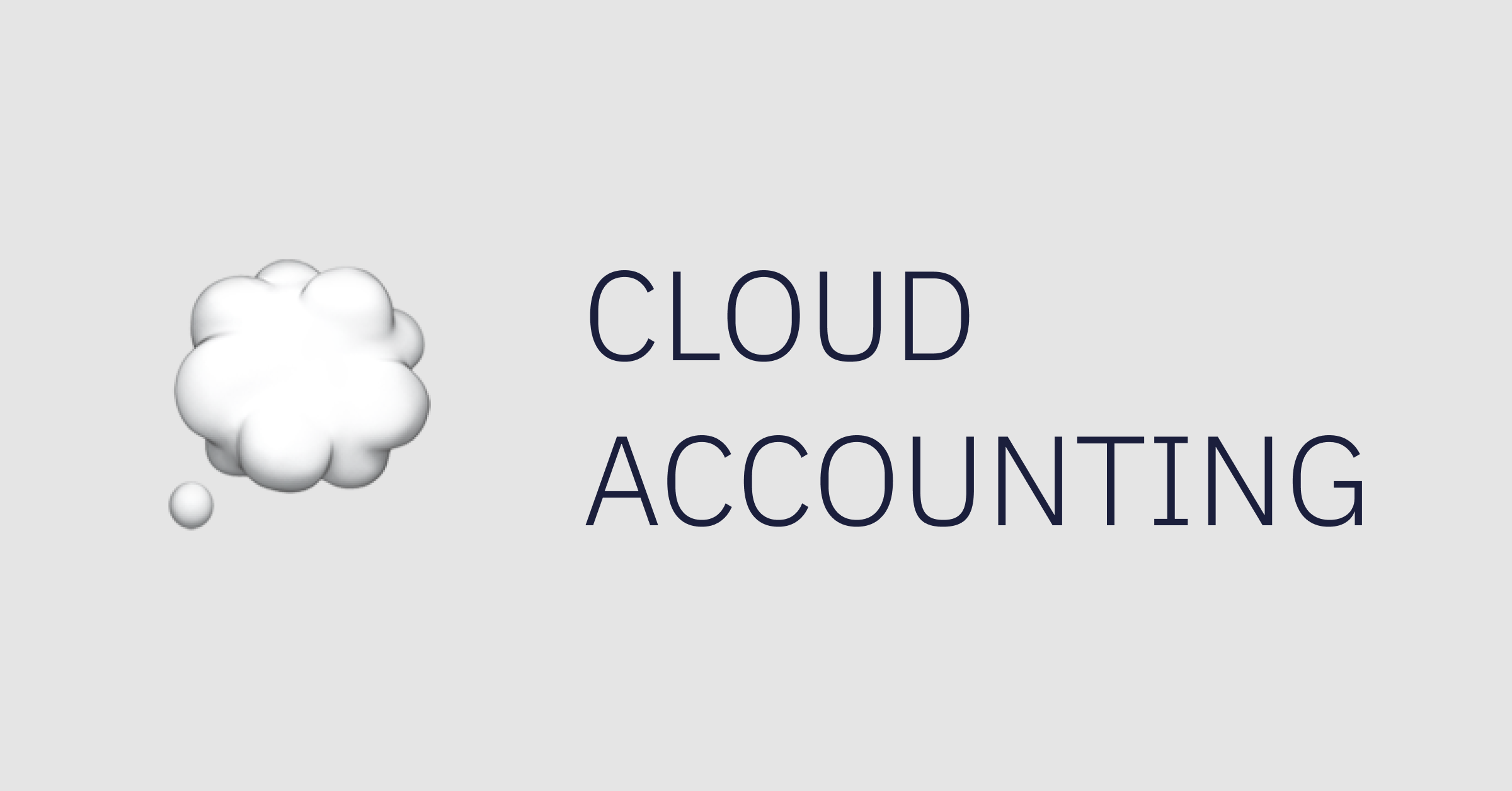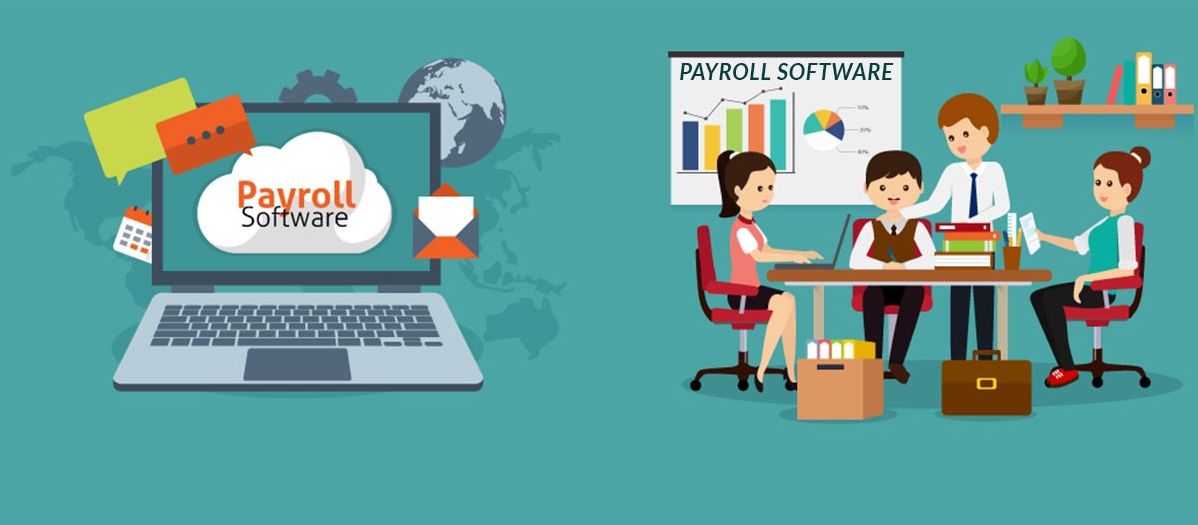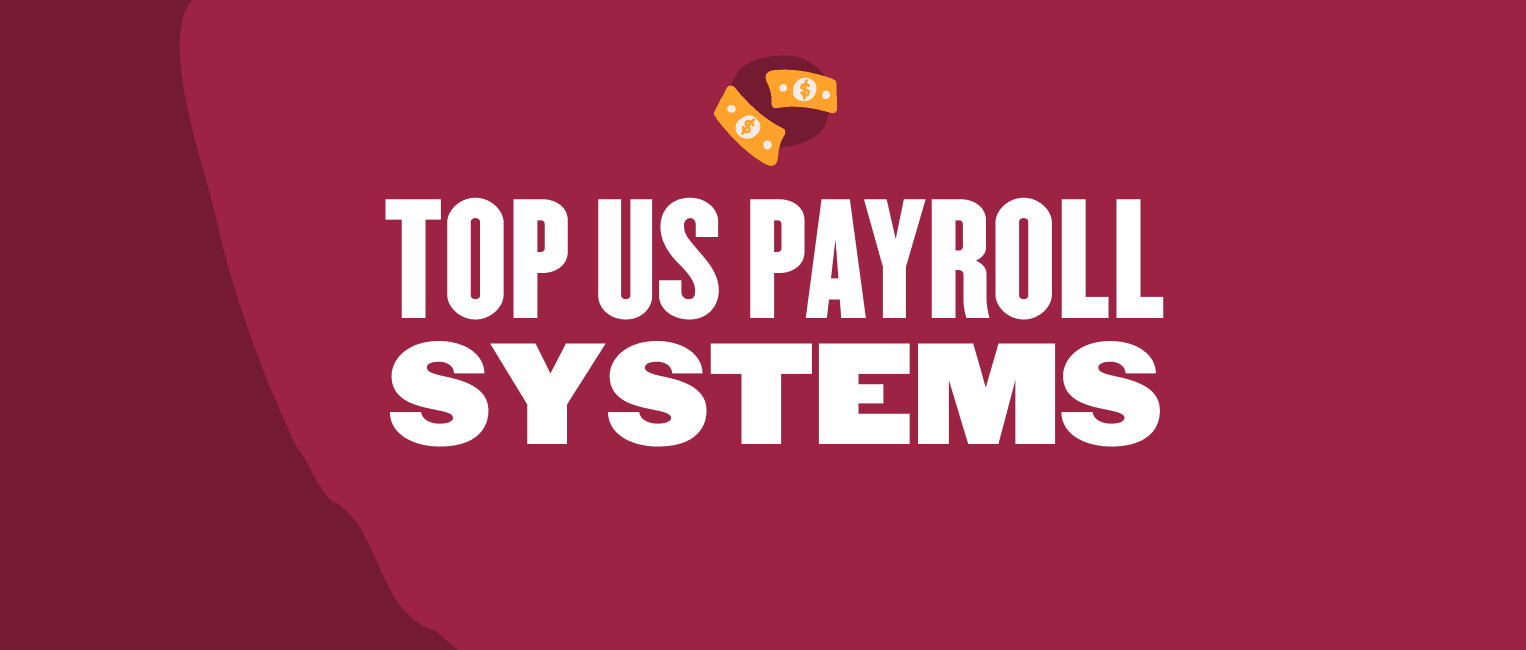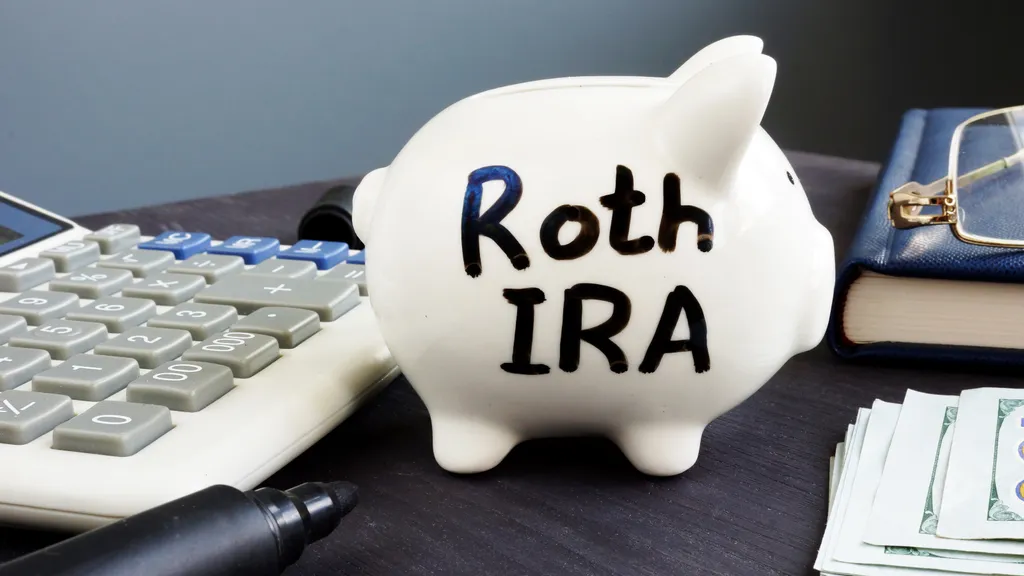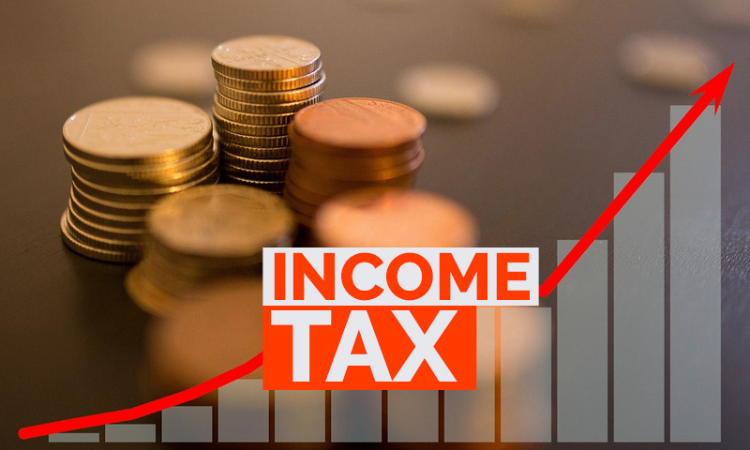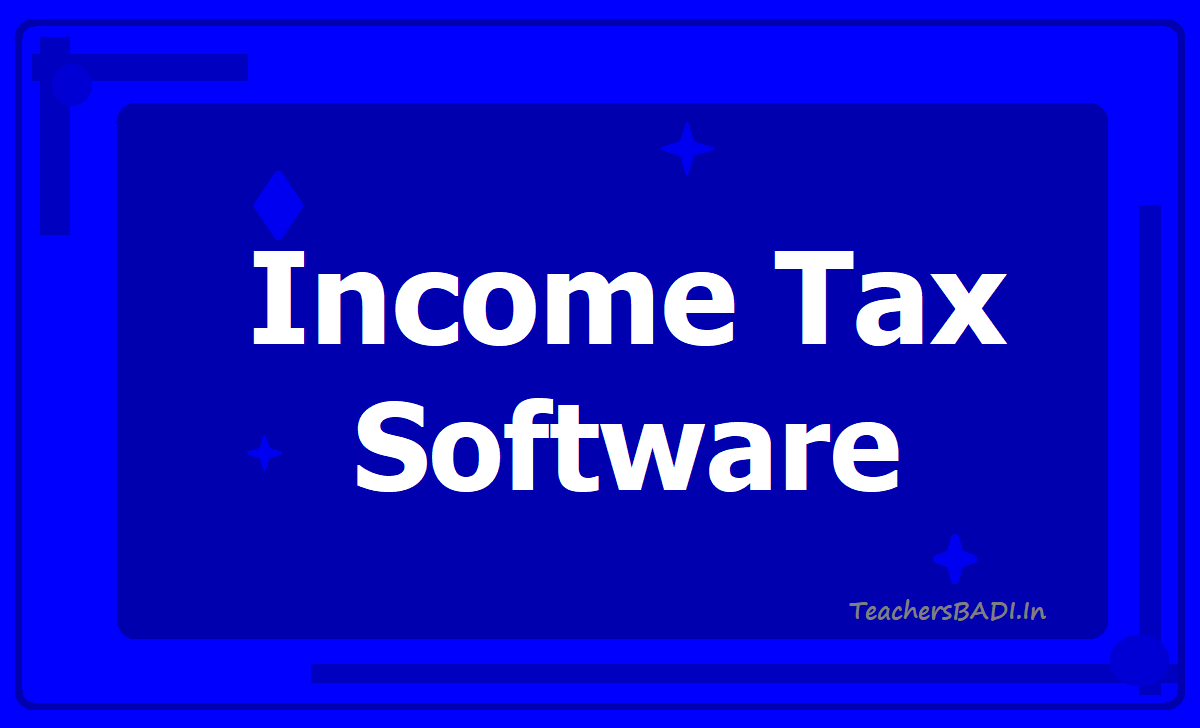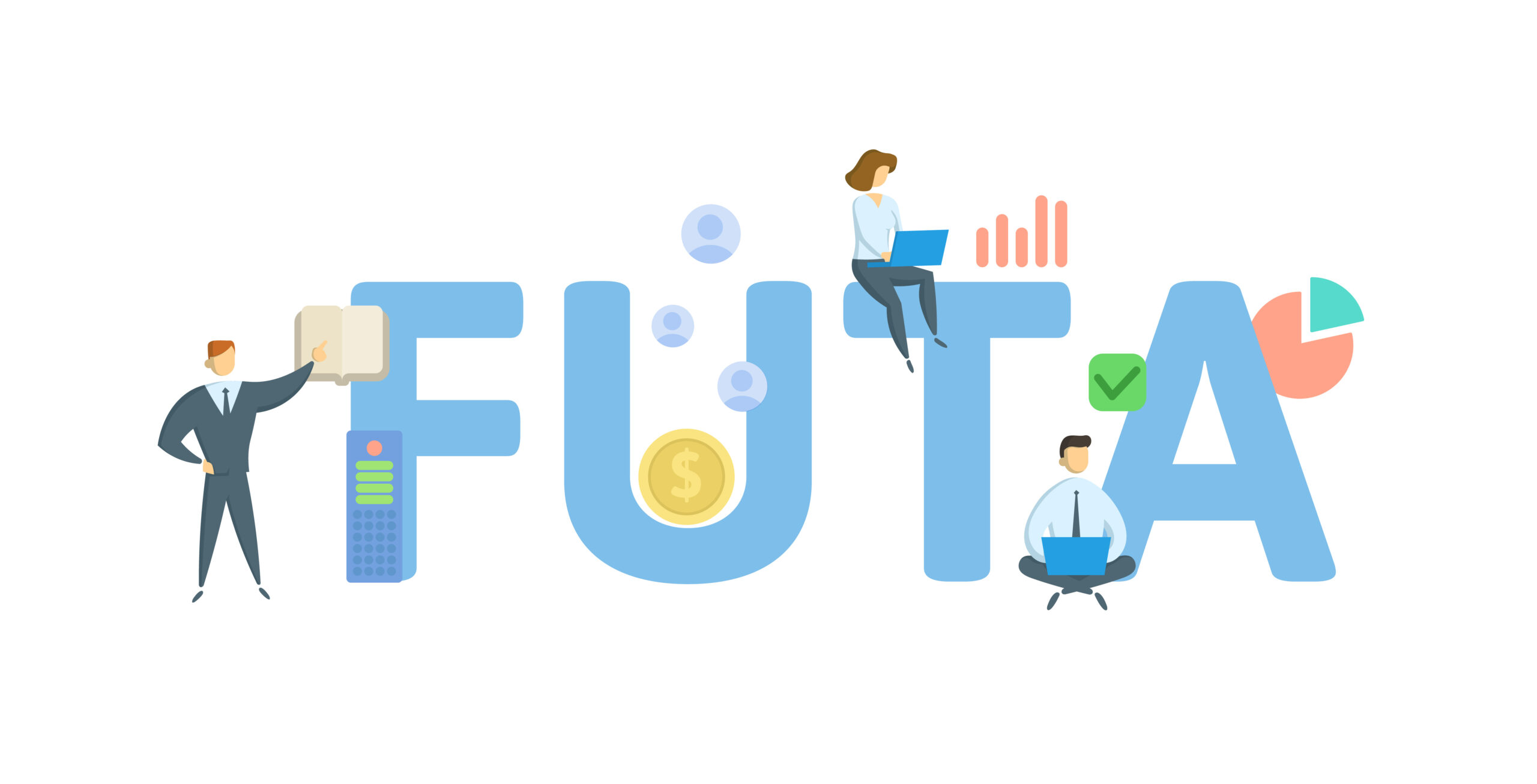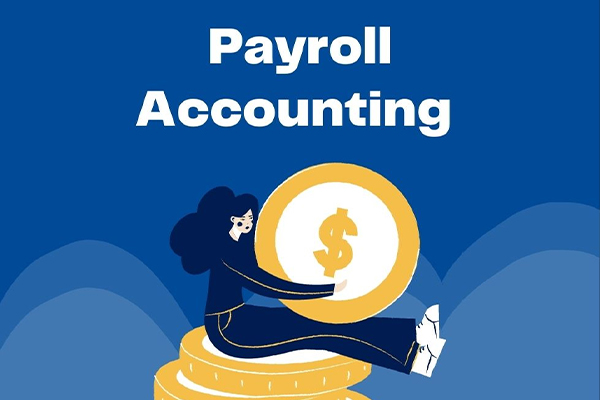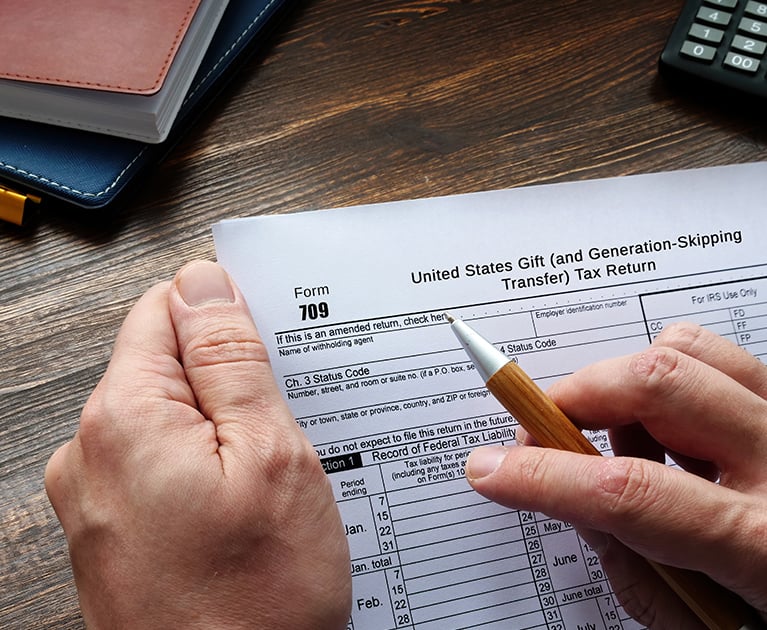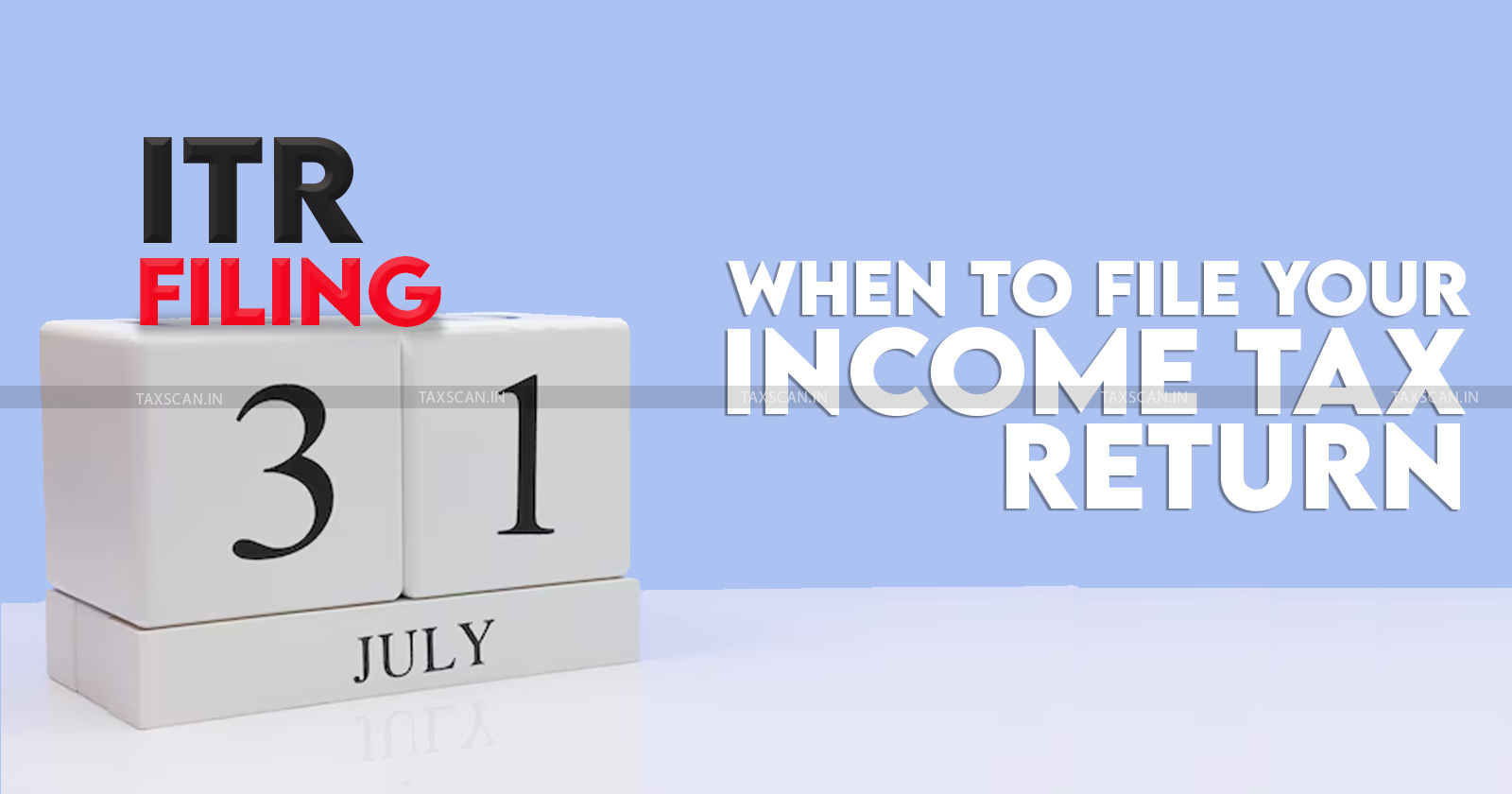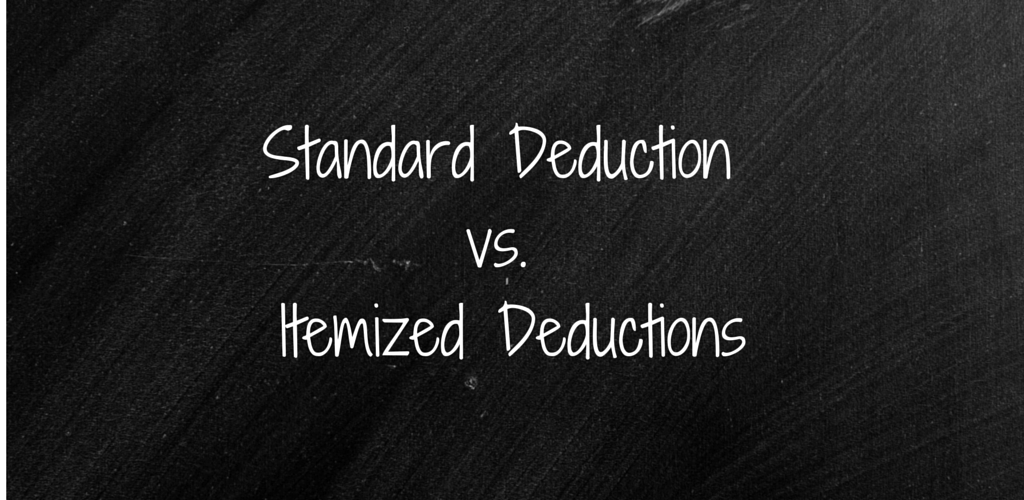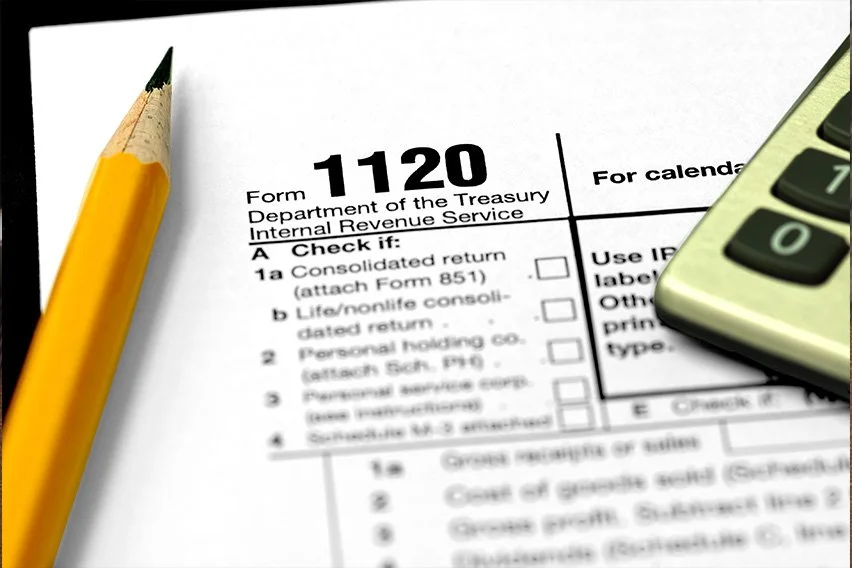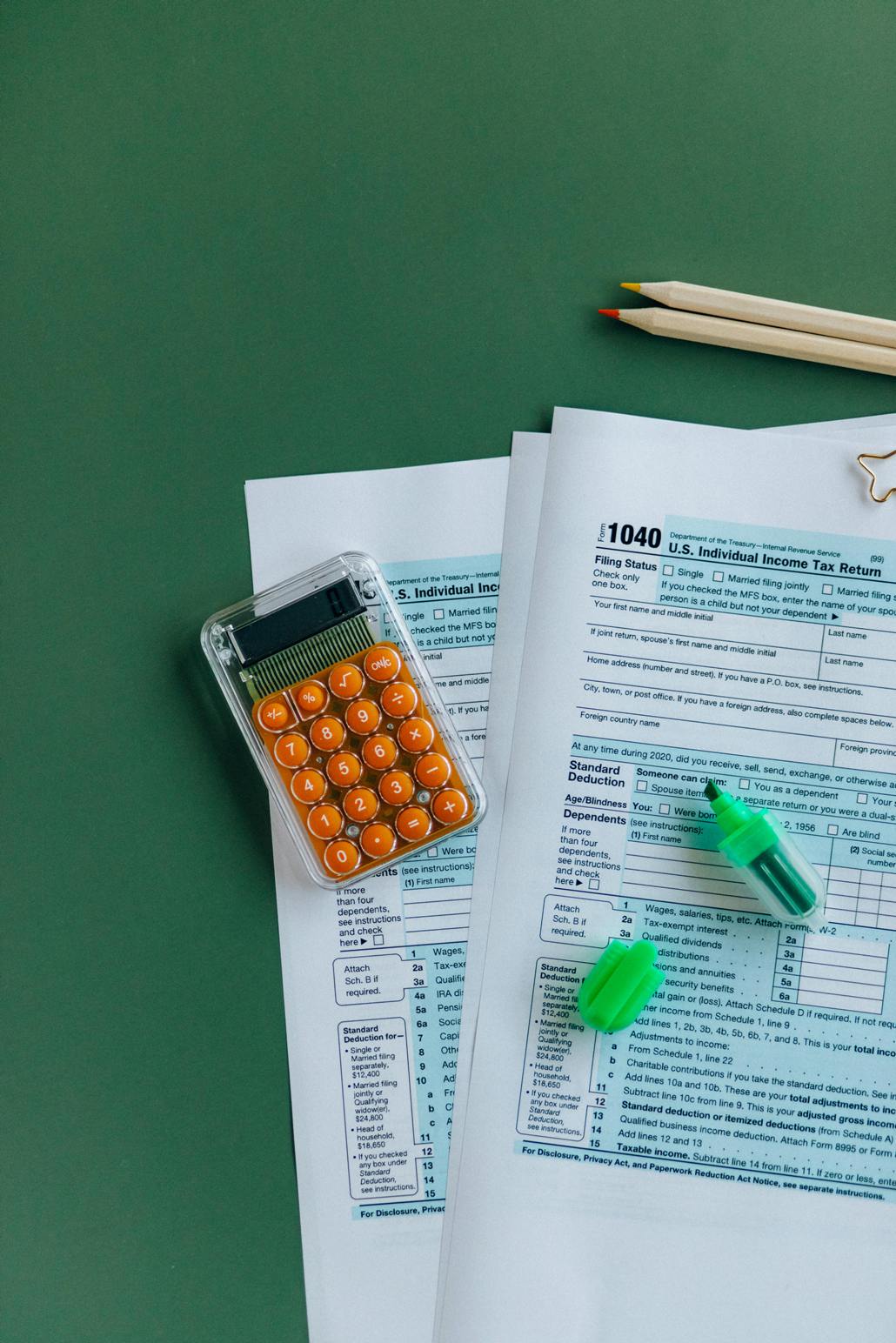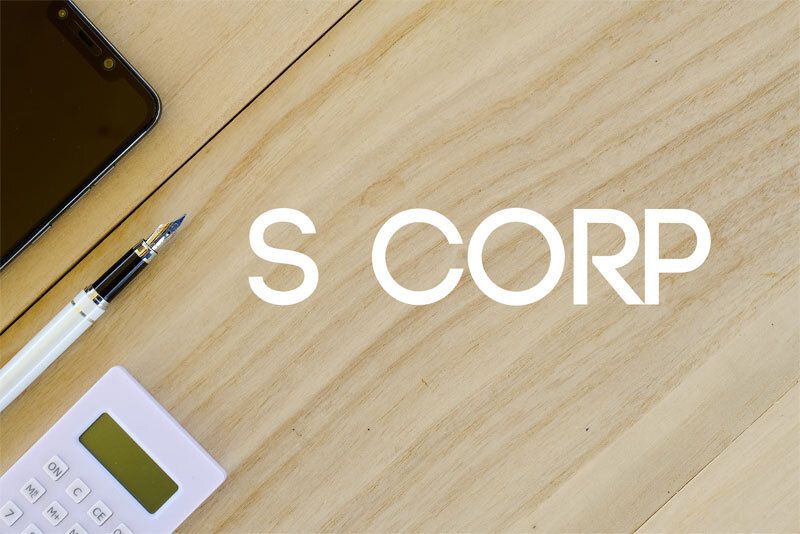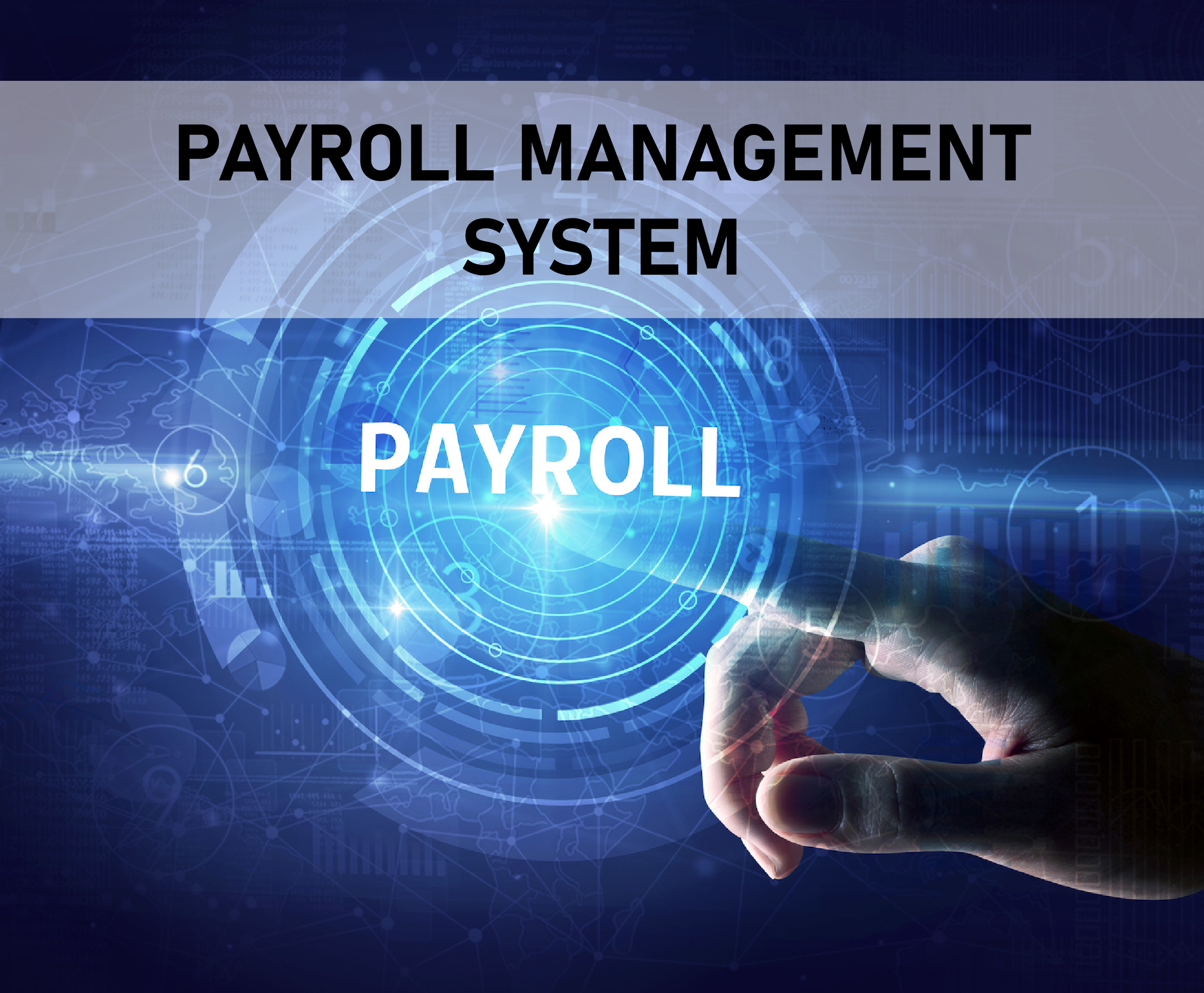Schedule K-1
A Schedule K-1 is a tax form used in the United States to report the income, deductions, and credits from partnerships, S corporations, estates, and trusts. A Schedule K-1 document is prepared for each relevant individual (partner, shareholder, or beneficiary). A partnership then files Form 1065, the partnership tax return that contains the activity on each partner's K-1. An S corporation reports activity on Form 1120-S. Trusts and estates report the K-1 form activity on Form 1041.
A Schedule K-1 is a tax form used in the United States to report the income, deductions, and credits from partnerships, S corporations, estates, and trusts. A Schedule K-1 document is prepared for each relevant individual (partner, shareholder, or beneficiary). A partnership then files Form 1065, the partnership tax return that contains the activity on each partner's K-1. An S corporation reports activity on Form 1120-S. Trusts and estates report the K-1 form activity on Form 1041.
Types of Schedule K-1s
The K-1 forms used by the three entities, partnerships, S-corporations, and trusts vary slightly in the way they look but they all have the same purpose. They report to the IRS, and individual partners, shareholders, and beneficiaries, the amounts of income, losses, deductions, credits and other distributions they may have received.
1.K-1 Form for Partnerships
A partnership is defined as a contract between two or more people who decide to work together as partners. K-1s are provided to the IRS with the partnership’s tax return (Form 1065) and also to each partner so that they can add the information to their own tax returns.
2.K-1 Form for S-Corporations
S-corporations file an annual tax return using Form 1120-S. They include Schedule K-1 information about each shareholder’s share of income, losses, deductions and credits.
3.K-1 Form for Trusts and Estates
Trusts and estates use Form 1041 to file their tax returns. Beneficiaries receive a K-1 that shows the income that they need to report on their own tax returns.
Who Files a Schedule K-1?
If you're a partner, use the information on Schedule K-1 to prepare your income tax return(s). You typically aren't required to attach the K-1 form (unless specifically required per the form instructions) but be sure to keep it in your records. The partnership files a copy of Schedule K-1/Form 1065, the U.S. Return of Partnership Income, with the IRS.
If you're a shareholder, use the information on Schedule K-1 (Form 1120-S) to prepare your income tax return(s). Again, you usually aren't meant to include the K-1 form with them but file it with with your records. The corporation files Form 1120-S, the U.S. Income Tax Return for an S Corporation, with the IRS.
If you're a beneficiary of a trust or estate, use the information on Schedule K-1 (Form 1041) to prepare your income tax return(s). The K-1 isn't filed with your tax return, unless backup withholding was reported in box 13, code B. Keep it with your records. The trust or estate files a copy of Schedule K-1/Form 1041 with the IRS.
